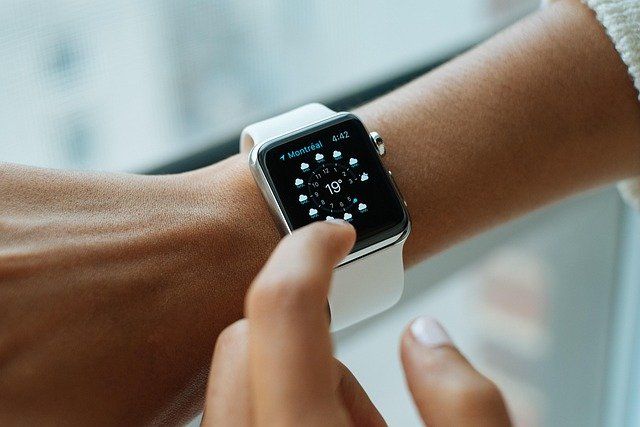Haptic Feedback Reinvented: Touch Gets a High-Tech Makeover
Imagine a world where your smartphone's screen feels like velvet, or your smartwatch vibrates with the precision of a heartbeat. This isn't science fiction—it's the cutting-edge realm of advanced haptic technology. As our devices become more integral to our lives, the way we interact with them is evolving beyond mere taps and swipes. Enter the next generation of haptic feedback, where touch becomes a rich, nuanced language between human and machine.

Beyond Buzz and Vibrate
The latest haptic innovations go far beyond simple buzzes or vibrations. Researchers are developing systems that can simulate texture, pressure, and even temperature. Imagine running your finger across your phone’s screen and feeling the grain of wood or the cool smoothness of metal. This level of tactile fidelity opens up new possibilities for UI design, gaming, and even virtual reality experiences.
Haptics in the Wild
While much of this technology is still in development, some advanced haptic systems are already making their way into consumer products. High-end smartphones are incorporating more nuanced vibration patterns for notifications and UI feedback. Gaming controllers are using adaptive triggers and high-fidelity vibrations to increase immersion. Even automotive interfaces are getting the haptic treatment, with touchscreens that provide tactile feedback to reduce driver distraction.
The Brain-Touch Connection
What makes these advancements truly exciting is how they tap into our brain’s processing of touch sensations. Our sense of touch is incredibly complex, involving multiple types of receptors in our skin. By more accurately replicating real-world tactile experiences, advanced haptics can create a stronger sense of presence and connection with digital interfaces. This has profound implications for fields like telemedicine, where doctors might one day perform remote examinations with a true sense of touch.
Challenges and Future Directions
Despite the promising advances, there are still hurdles to overcome. Power consumption remains a concern, especially for mobile devices. Miniaturization of complex haptic systems is another challenge, as is the need for standardization across different platforms and applications. However, as research continues and manufacturing techniques improve, we can expect to see more sophisticated haptic interfaces becoming commonplace.
The Bigger Picture
The evolution of haptic technology is part of a larger trend towards more natural, intuitive human-computer interaction. As our digital and physical worlds continue to merge, the ability to provide rich, meaningful tactile feedback will become increasingly important. From enhancing accessibility for those with visual impairments to creating more immersive entertainment experiences, advanced haptics have the potential to reshape how we interact with technology on a fundamental level.
What’s Next for Touch Tech?
Looking ahead, the possibilities for haptic technology seem boundless. Researchers are exploring ways to create “mid-air” haptic feedback using focused ultrasound waves, allowing users to feel virtual objects without any physical contact. Others are working on haptic clothing that could let us feel virtual environments across our entire body. As these technologies mature, we may find ourselves interacting with our devices in ways that blur the line between digital and physical reality.
The next time you reach for your smartphone or slip on a VR headset, take a moment to consider the invisible world of touch beneath your fingertips. As haptic technology continues to advance, that world is about to become a whole lot richer and more intricate. The future of touch is here, and it’s more than just skin deep.




